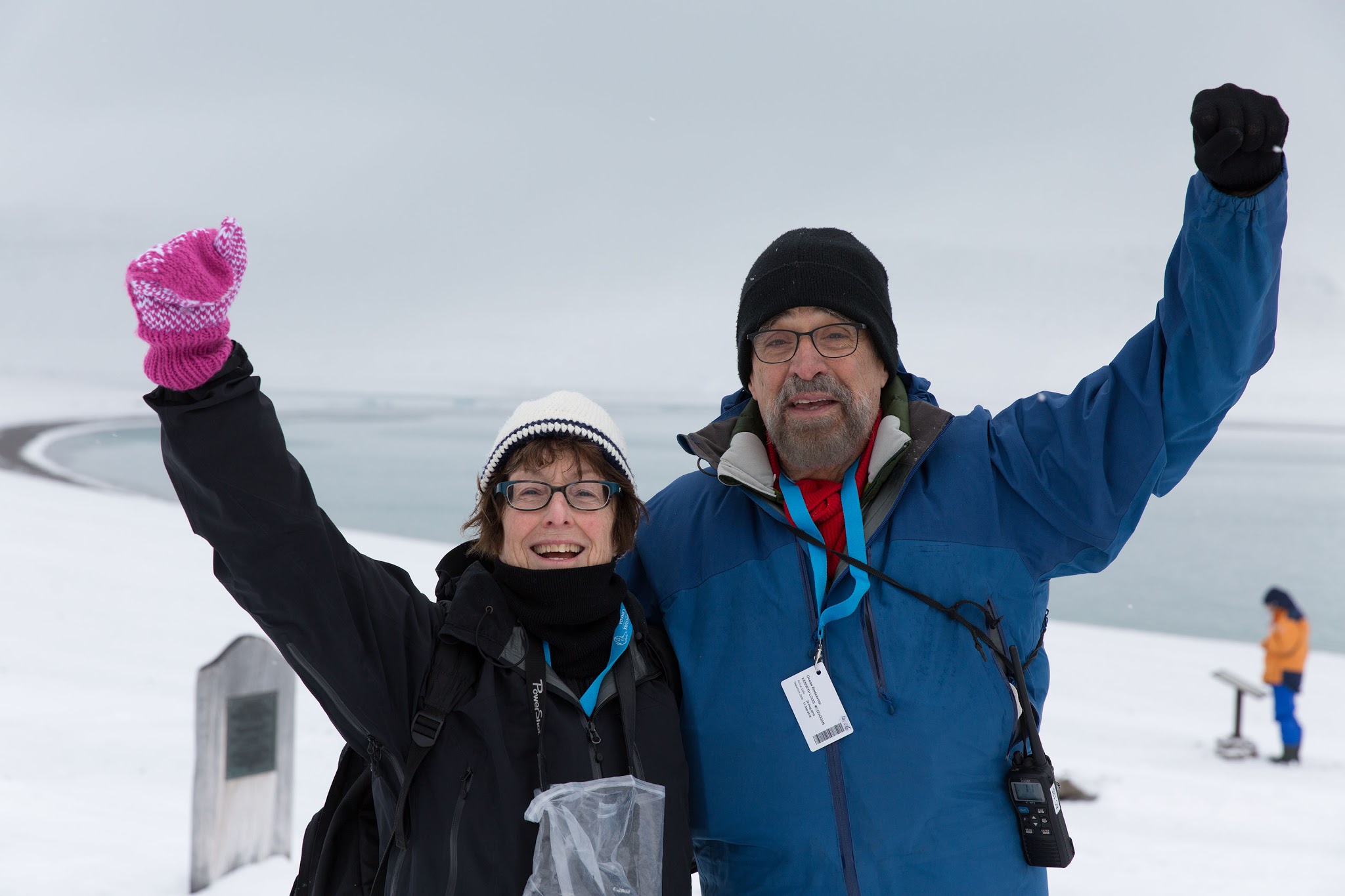John Rae sails on through confusion & nay-saying
So
here we are at Beechey Island, wending our way towards Victory Point, Rae
Strait, and Gjoa Haven. We’re on the Ocean
Endeavour, we’re sailing with Adventure Canada, and when I turn to Wikipedia, I discover a bit of confusion
in the entry on explorer John Rae. I read that “Ken McGoogan has claimed that
Rae here effectively discovered the final link in the [first navigable] Northwest
Passage,” although another Arctic historian (desperate to be recognized by name)
“refuted that claim, citing the uncharted 240 km between [James Clark] Ross’s
discoveries and Bellot Strait.”
Sorry,
Wikipedia, but I demolished this purported refutation in a Polar Record rejoinder entitled “Defenders of Arctic orthodoxy turn
their backs on Sir John Franklin.” Those who have done their homework know that
I am no great admirer of Franklin. But I do acknowledge that in 1846, the good
Sir John sailed south from Lancaster Sound to the northwest corner of King
William Island. He established that channel as navigable to that location. Of that
achievement, his men left tangible proof. Who in their right mind cares about
an uncharted stretch of coastline that Franklin and his men sailed past? Talk about irrelevant.
In
1854, eight years after Franklin got trapped in the ice off King William
Island, Rae gleaned from Inuit hunters what Sir John had accomplished. On that
same expedition, Rae completed the work of Franklin. He recognized the final
link in the Passage, the one Roald Amundsen would later use, and brought that news
home. He discovered the short waterway, Rae Strait, that links the north-south
channel established by Franklin and James Clark Ross with the coastal channel
previously determined by Thomas Simpson and Peter Warren Dease of the Hudson’s Bay Company.
Rae
built a cairn to mark his discovery of Rae Strait. – a cairn that has no place
in the orthodox, Royal Navy version of exploration history, but that shines
bright in the 21st-century rendition that recognizes the
contribution of First Peoples. In 1999, with two fellow adventurers, I placed a
plaque beside the remains of that cairn — a homage to Rae and his companions,
an Inuk and an Ojibway. Those
who wish to know more should go here.
(Photo by Ginette Vachon.)

Excellent Ken, I so appreciate facts and logical, clear thinking. Denis
Just finished your book, Fatal Passage. What a man Rae was and what a shame that to this day, some do not really know what he did simply because there are still institutions or individuals who refuse to give him his due and right place in the history of the Northwest Passage. Rae was amazing and you did a fabulous work relating his life and accomplishment. Your book should be translated besides being constantly promoted. Your research is awesome and the story just flows. I could hardly put the book down. Now I understand your passion for his cause and your devotion for this historical truth. Furthermore, your book also highlights the role of the Inuit who were called savages in the 19th century. Rae understood and respected them (as well as his men for that matter) and acknowledged the role they played for his survival. Thanks for writing that book.
Ginette
Ginette, thanks! I really appreciate your kind — and insightful — words. Surprise: I agree completely. Wonderful to sail with you, and I hope we get to do it again. A la prochaine, Ken
Would be lovely to sail with you and Sheena.